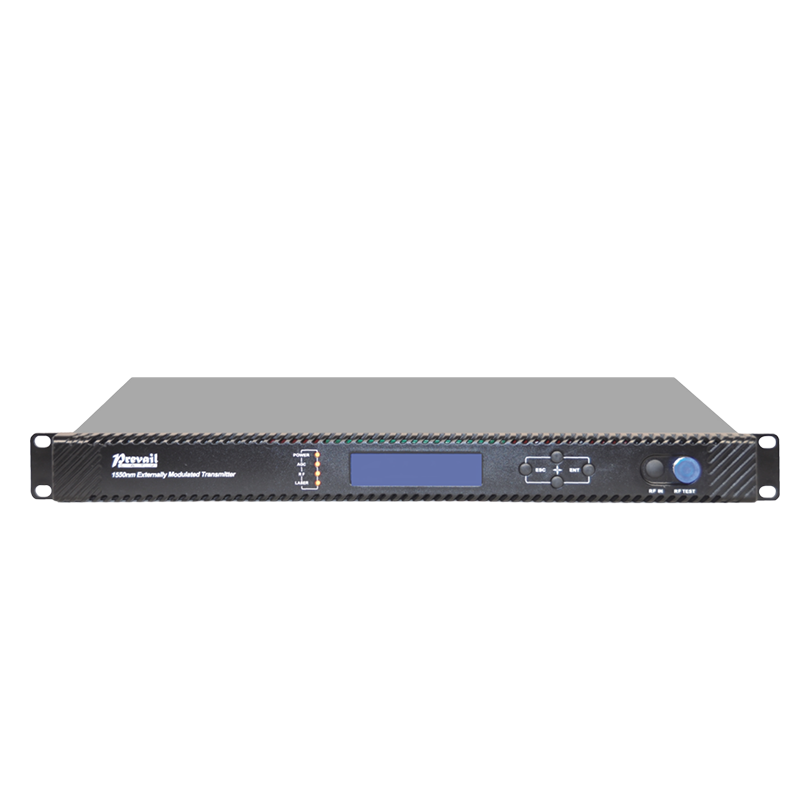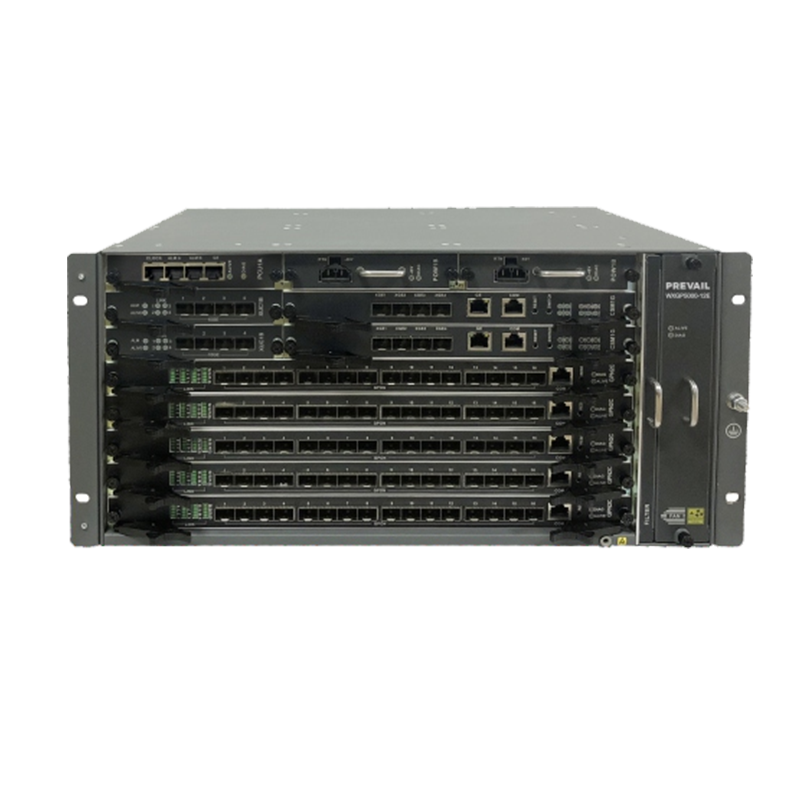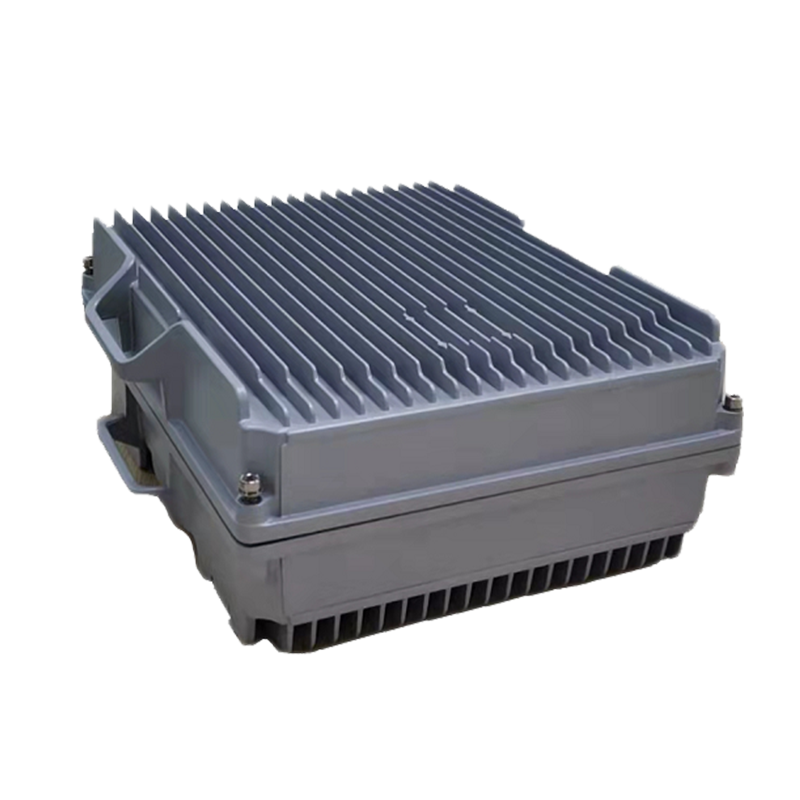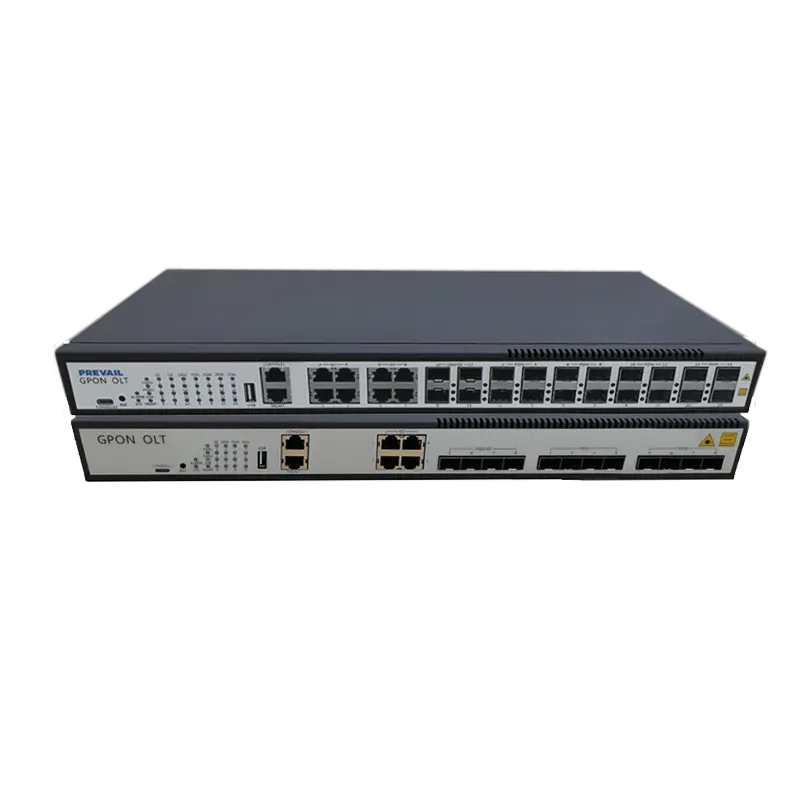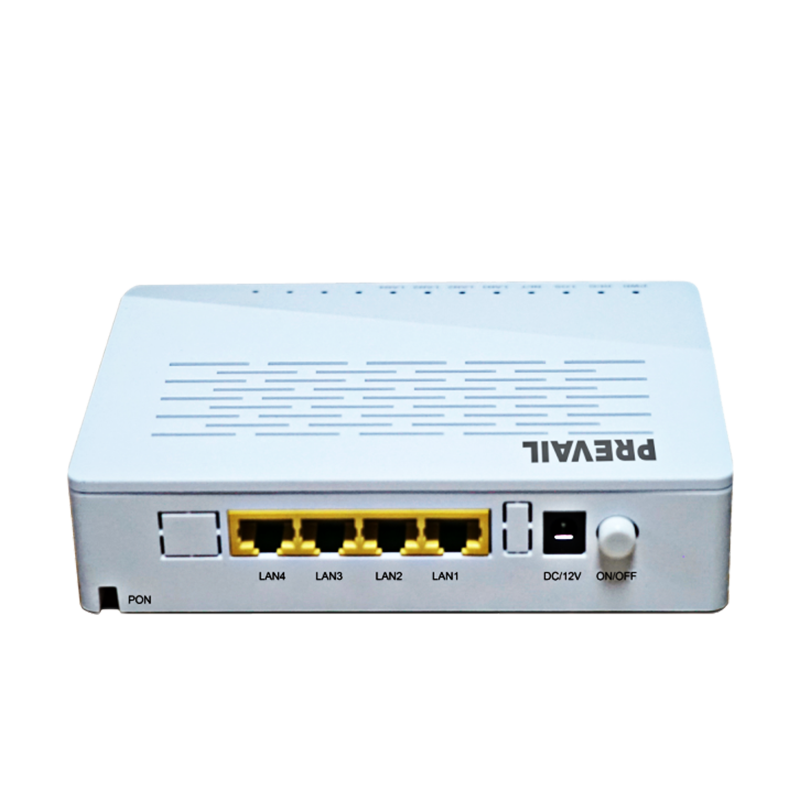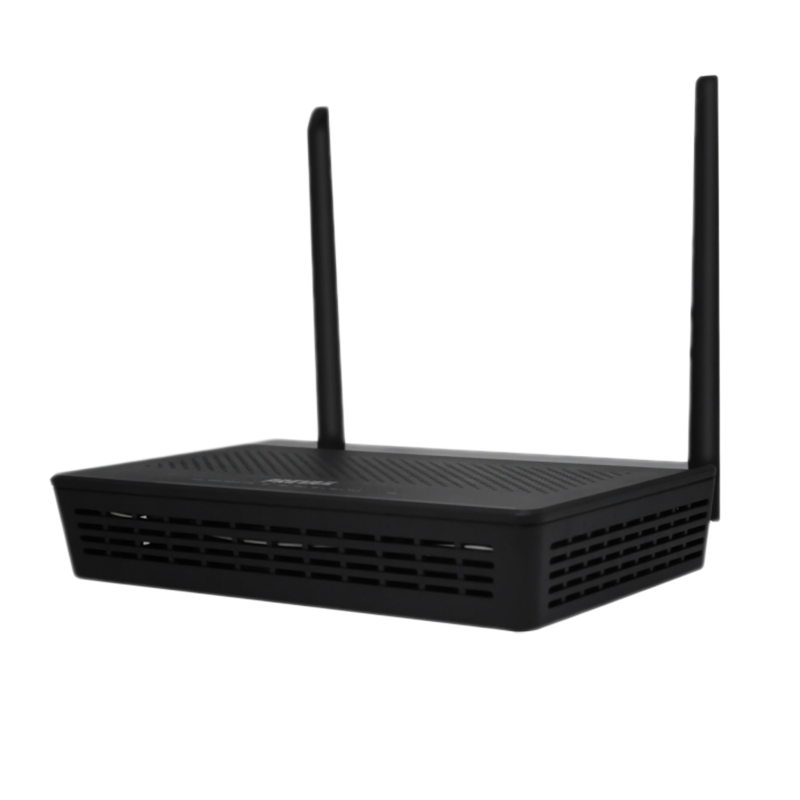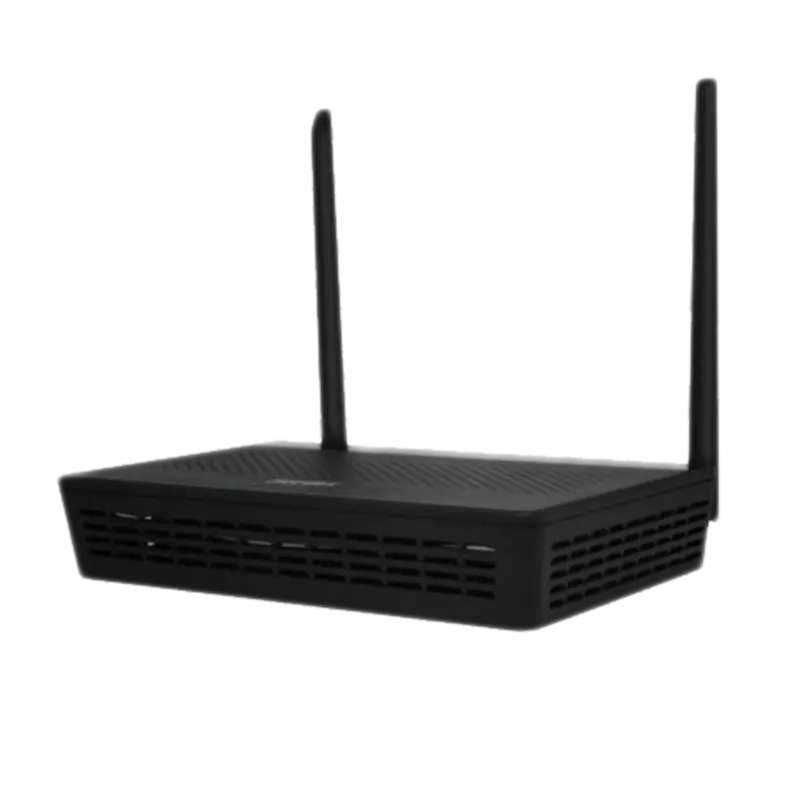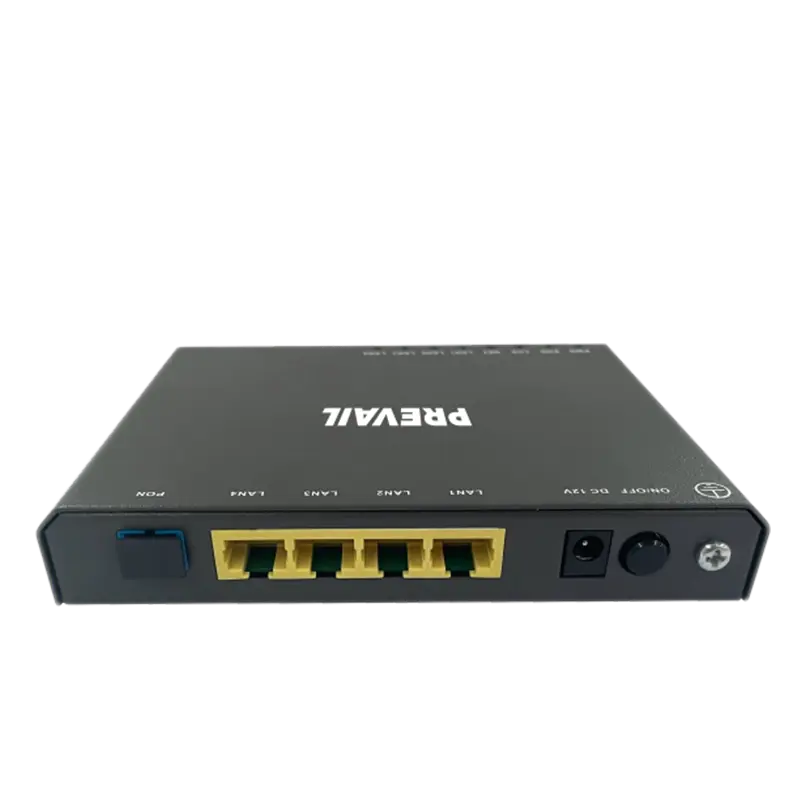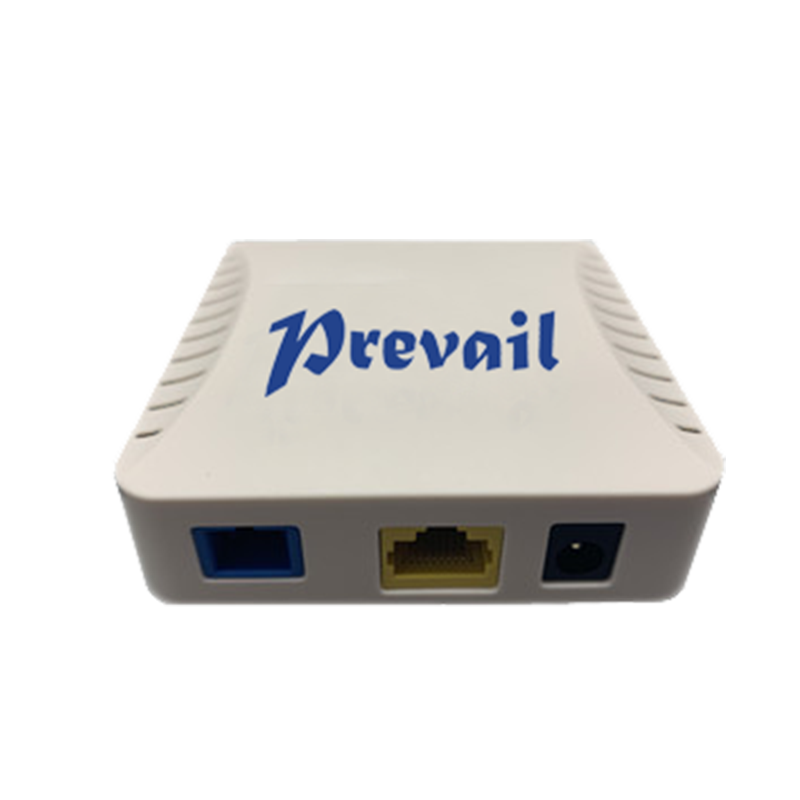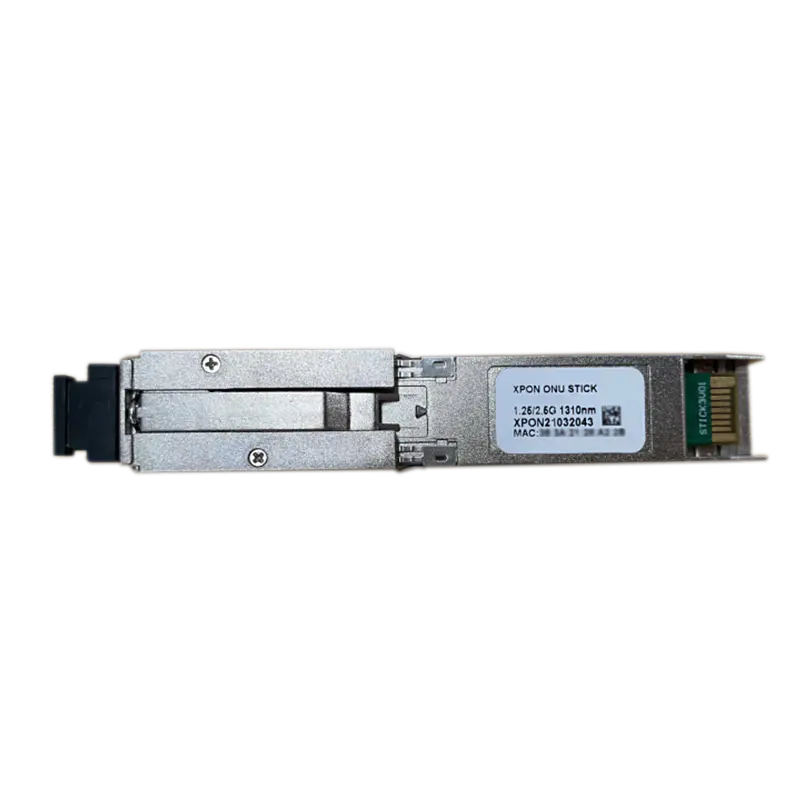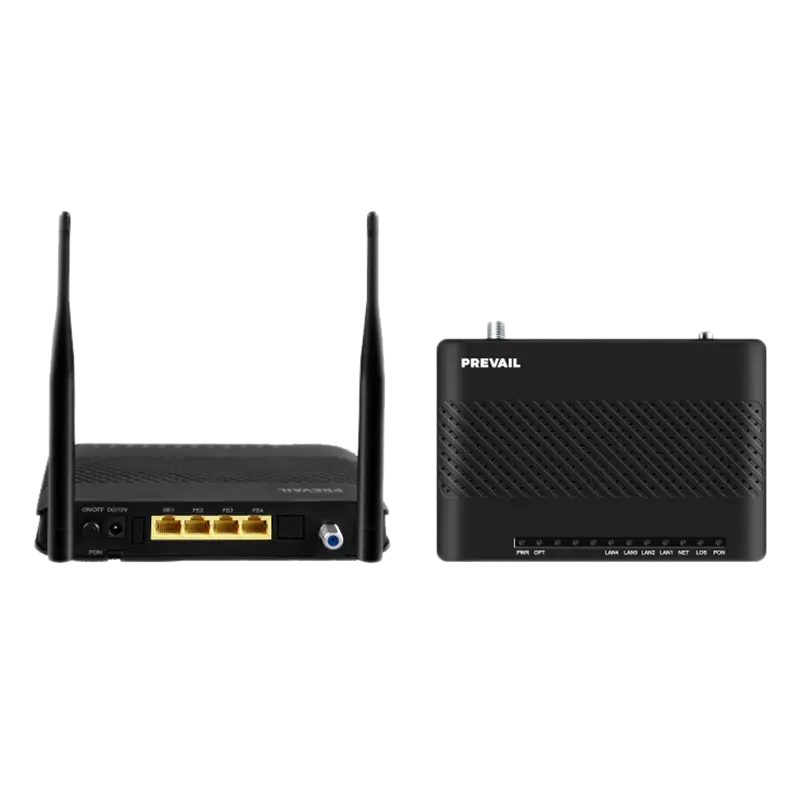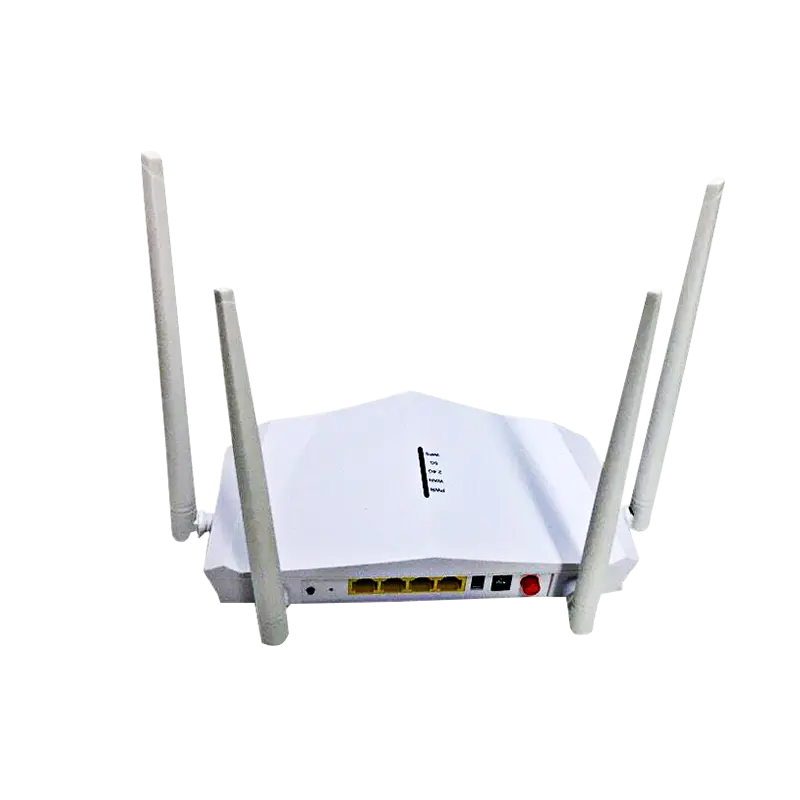What Components Are Included in a Typical HFC Transmission System?
A Hybrid Fiber-Coaxial (HFC) transmission system is a telecommunications network architecture widely used by cable television operators and internet service providers. It combines the high bandwidth and reliability of optical fiber with the flexibility and cost-effectiveness of coaxial cable, delivering services such as digital TV, broadband internet, and VoIP to residential and commercial users.
To fully understand how an HFC system functions, it's essential to know the key components that form the backbone of this hybrid infrastructure. Each part plays a vital role in transmitting and distributing data effectively from the service provider’s headend to the end user.
Key Components of a Typical HFC Transmission System
1. Headend
The headend is the central facility where the service provider receives, processes, and distributes video, voice, and data signals. It acts as the origin point for all downstream services and typically contains:
Video encoders and modulators (for TV broadcasting)
CMTS (Cable Modem Termination System) for internet service
Fiber-optic transmitters
Routing and switching equipment
Monitoring and management systems
From the headend, data is sent through optical fiber to multiple nodes distributed across the network.
2. Optical Transmitters and Receivers
These are responsible for converting electrical RF signals into optical signals for transmission over fiber and back into RF at the receiving end. These devices operate in different wavelength bands depending on the transmission needs (e.g., 1310 nm, 1550 nm).
Forward path (downstream) carries signals from headend to the subscribers.
Return path (upstream) carries signals from subscribers (e.g., via cable modems) back to the headend.
3. Fiber Optic Cables
Fiber optic cables serve as the long-haul backbone of the HFC network. They provide low-loss, high-capacity connections between the headend and the fiber nodes, often spanning kilometers.
4. Fiber Nodes
A fiber node is a critical component where optical signals are converted into RF signals for further distribution over coaxial cable. Each node serves a local neighborhood or building cluster and may support hundreds of subscribers.
Modern HFC networks often use segmented nodes to reduce service area size and increase bandwidth.
5. Coaxial Cable Network
From the fiber node, signals are carried over coaxial cables to individual homes and buildings. This part of the system is often referred to as the last mile or distribution network. Coaxial cables are suitable for shorter distances and allow for easy splitting and tap-off.
6. Amplifiers
Coaxial cables suffer from signal loss over distance. RF amplifiers are installed along the coaxial line to boost signal strength, especially in larger or more complex network layouts.
There are two types:
Line amplifiers: Maintain signal strength along the main coaxial path.
Bridger amplifiers: Branch out to distribution taps or additional lines.
7. Power Supplies
Active components like amplifiers and nodes require power, typically provided through network power supplies that send electricity over the same coaxial cable using a power inserter. Backup battery systems are often included to ensure service continuity during outages.
8. Taps and Splitters
These passive devices distribute the RF signal to multiple end users.
Taps: Extract a portion of the signal for one or more users while passing the rest downstream.
Splitters: Divide a signal equally to different lines, often used in homes or small distribution points.
9. Subscriber Equipment
At the end of the HFC line is the customer premises equipment (CPE) such as:
Cable modems (for internet)
Set-top boxes (for TV)
VoIP terminals (for voice)
These devices decode the signal for user consumption and often provide feedback upstream through the return path.
A typical HFC transmission system is a well-engineered combination of optical and RF technologies, each with its dedicated function—from the high-speed fiber links of the headend to the coaxial lines that reach individual homes. Understanding these components is essential not only for network engineers but also for system integrators and service providers aiming to optimize performance, expand capacity, or troubleshoot effectively.
